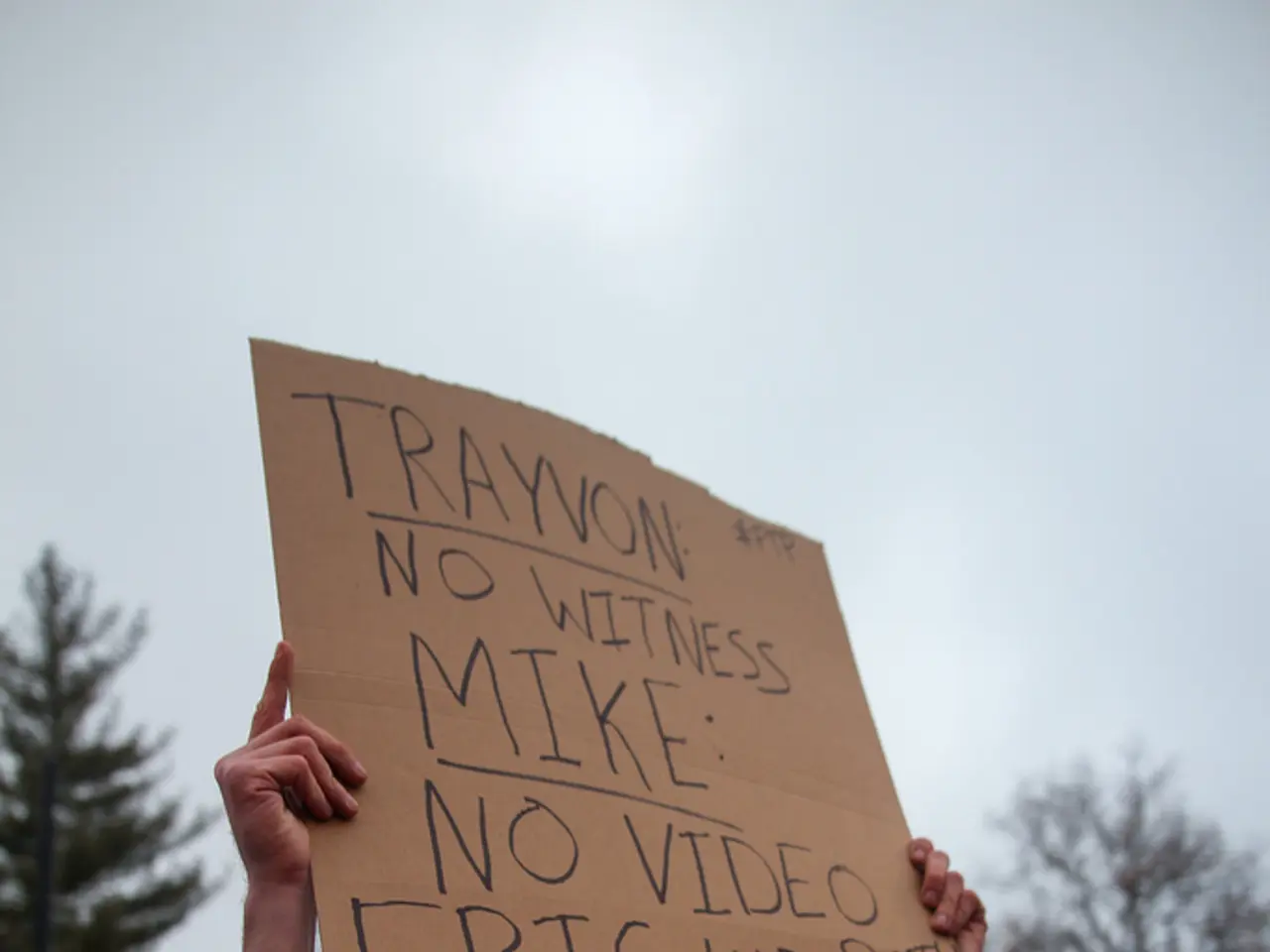Deadly protests lead to Nepal's Prime Minister stepping down from office
In the Himalayan nation of Nepal, with a population of approximately 30 million people, the prime minister, KP Sharma Oli, tendered his resignation on Tuesday. This unexpected move comes amidst a tumultuous period in the country's political landscape, marked by ongoing protests and a crackdown on demonstrators.
The protests, which rekindled even as social media apps went back online, were initially sparked over demands to lift a ban on social media and address rampant corruption. The unrest reached a critical point on September 8, when live ammunition was reportedly used against protesters by authorities, resulting in at least 19 fatalities.
Amnesty International confirmed the use of live ammunition on that day, adding to the growing concern over the situation. The events leading up to the resignation occurred in the often-volatile parliament of Nepal, a body that has seen a revolving door of prime ministers since the country became a federal republic in 2008, following a decade-long civil war and a peace deal.
Since Sept. 5, videos contrasting the struggles of ordinary Nepalis with the children of politicians flaunting luxury goods and expensive vacations have gone viral on TikTok in Nepal. These videos, which were not blocked in the country, have added fuel to the fire, highlighting the stark disparity between the rich and the poor.
KP Sharma Oli, who began his fourth term as prime minister last year, had forged a coalition government with the center-left Nepali Congress. However, his resignation was made with the intention of taking further steps towards a political solution and resolution of problems.
The successor of Oli is Balendra Shah, a 34-year-old political outsider who previously won the mayoral election in Kathmandu in 2022. Shah is known for his connection to the Generation Z movement and is the sole potential successor, having been presented shortly after Oli's resignation on September 9, 2025.
Despite the high unemployment rate in Nepal, hovering around 10 percent, nearly 43 percent of the country's population is between the ages of 15-40, according to government statistics. This demographic could play a significant role in shaping the country's future political landscape.
The GDP per capita in Nepal, according to the World Bank, stands at $1,447, a figure that underscores the economic challenges the country faces. As the political situation unfolds, it remains to be seen how these factors will influence the path forward for Nepal.








